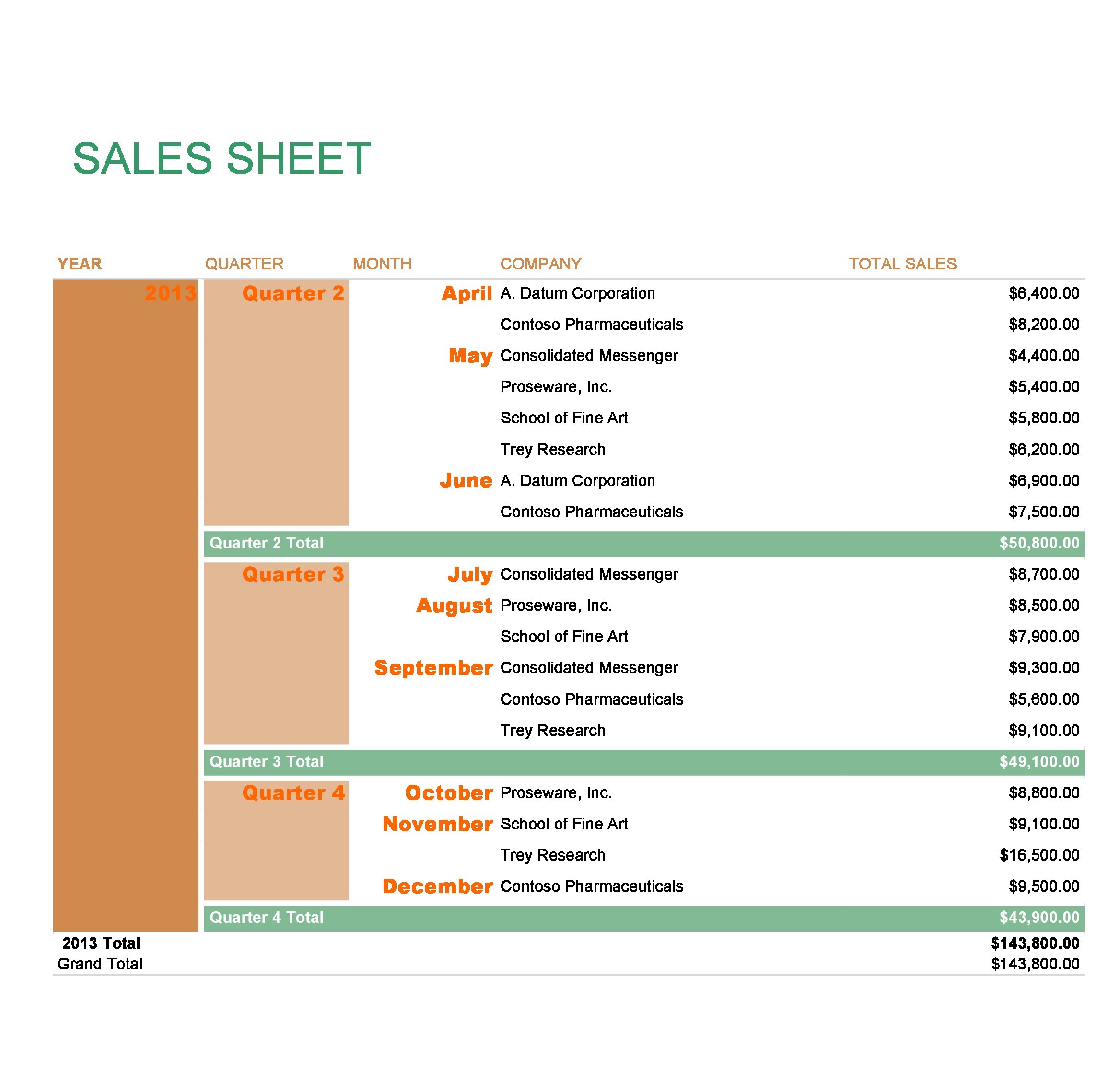Unlocking the Potential of Digital Templates
Digital templates have become an essential tool for businesses and individuals looking to create professional-grade content without the need for extensive design experience. With the rise of online marketplaces and e-commerce platforms, the demand for high-quality digital templates has never been higher. As a result, selling digital templates online has emerged as a lucrative business opportunity for creatives and entrepreneurs alike.
For those looking to capitalize on this trend, understanding the basics of digital templates is crucial. Digital templates are pre-designed files that can be easily customized to suit various needs, such as presentations, social media graphics, and marketing materials. They offer a convenient solution for businesses and individuals who want to create professional-looking content without the need for extensive design expertise.
The market for digital templates is vast and diverse, with various niches and industries requiring specialized templates. From website templates to printable art, the possibilities are endless. By identifying a specific niche or target market, sellers can create templates that cater to the unique needs of their customers, increasing the potential for sales and revenue.
Moreover, the process of creating and selling digital templates online is relatively straightforward. With the help of design software and online marketplaces, sellers can create and distribute their templates to a global audience. This has opened up new opportunities for creatives and entrepreneurs to monetize their skills and turn their passion into a profitable business.
However, to succeed in this market, it’s essential to understand the basics of how to sell digital templates online. This includes identifying a target market, creating high-quality templates, and marketing and promoting products effectively. By following these steps and staying up-to-date with the latest trends and best practices, sellers can unlock the full potential of digital templates and build a successful online business.
Identifying Your Niche: Finding the Right Market for Your Templates
Identifying a specific niche or target market is crucial when it comes to selling digital templates online. A well-defined niche helps you create templates that cater to the unique needs of your customers, increasing the potential for sales and revenue. To find the right market for your templates, you need to research popular niches, trends, and consumer needs.
Start by analyzing online marketplaces, social media, and design communities to identify trending niches and popular template types. Look for gaps in the market and areas where there is a high demand for specific types of templates. You can also use online tools such as Google Trends, Keyword Planner, and social media analytics to gain insights into consumer behavior and preferences.
Another effective way to identify your niche is to conduct customer research. Reach out to potential customers through surveys, focus groups, or online forums to understand their needs and pain points. Ask them about the types of templates they are looking for, their design preferences, and their budget. This information will help you create templates that meet the specific needs of your target market.
Some popular niches for digital templates include:
- Business and marketing templates (e.g., presentation templates, social media graphics, and brochures)
- Creative and artistic templates (e.g., printable art, photography templates, and digital scrapbooking)
- Education and learning templates (e.g., lesson plans, worksheets, and educational posters)
- Health and wellness templates (e.g., fitness planners, meal planners, and wellness journals)
Once you have identified your niche, you can create templates that cater to the specific needs of your target market. This will help you stand out from the competition and increase your chances of success when selling digital templates online.
Designing and Creating High-Quality Digital Templates
Designing and creating high-quality digital templates is crucial for success when selling digital templates online. A well-designed template can help you stand out from the competition and attract more customers. To create high-quality templates, you need to consider several factors, including template types, design software, and best practices.
Template types vary widely, depending on the niche and target market. Some popular template types include:
- Presentation templates (e.g., PowerPoint, Google Slides, and Keynote)
- Graphic design templates (e.g., social media graphics, brochures, and flyers)
- Printable templates (e.g., art prints, planners, and journals)
- Web design templates (e.g., website templates, landing pages, and email templates)
When it comes to design software, there are many options available, including Adobe Creative Cloud, Sketch, and Canva. Each software has its own strengths and weaknesses, and the choice of software will depend on your design experience and the type of template you are creating.
Best practices for designing and creating digital templates include:
- Using high-quality images and graphics
- Choosing a clear and consistent font
- Using a well-organized and intuitive layout
- Providing customization options for users
Additionally, it’s essential to consider the user experience when designing and creating digital templates. Think about how users will interact with your template and how you can make it easy for them to customize and use.
By following these tips and best practices, you can create high-quality digital templates that meet the needs of your target market and help you succeed when selling digital templates online.
Setting Up an Online Store: Choosing the Right Platform
Once you have created your digital templates, the next step is to set up an online store to sell them. There are several options available, including popular e-commerce platforms, marketplaces, and website builders. Choosing the right platform is crucial to ensure a smooth and successful sales process.
Popular e-commerce platforms for selling digital templates include Shopify, WooCommerce, and BigCommerce. These platforms offer a range of features, including customizable templates, payment gateways, and inventory management. They also provide a secure and reliable environment for customers to purchase and download digital products.
Marketplaces are another option for selling digital templates. Platforms like Creative Market, Etsy, and Gumroad allow you to sell your templates to a large and targeted audience. These marketplaces often have a built-in customer base and provide features like payment processing and customer support.
Website builders like Wix, Squarespace, and Weebly also offer e-commerce features that allow you to sell digital templates directly from your website. These platforms provide a range of templates and design tools, making it easy to create a professional-looking online store.
When choosing an online store platform, consider the following factors:
- Ease of use: Is the platform easy to navigate and use?
- Customization options: Can you customize the platform to fit your brand and needs?
- Payment gateways: Does the platform offer secure and reliable payment options?
- Customer support: Does the platform provide good customer support and resources?
- Fees and commissions: What fees and commissions does the platform charge?
By considering these factors and choosing the right platform, you can create a successful online store and start selling your digital templates to customers around the world.
Marketing and Promoting Your Digital Templates
Once you have created your digital templates and set up an online store, the next step is to market and promote them to potential customers. Effective marketing and promotion strategies can help you increase visibility, drive traffic, and boost sales.
Social media marketing is a powerful way to promote your digital templates. Platforms like Instagram, Facebook, and Pinterest are ideal for showcasing your templates and connecting with potential customers. Use high-quality images and videos to showcase your templates, and engage with your audience by responding to comments and messages.
Email marketing is another effective way to promote your digital templates. Build an email list of potential customers and send them regular newsletters with updates, promotions, and tips. Use email marketing automation tools to personalize your emails and improve engagement.
Influencer partnerships can also help you promote your digital templates. Partner with influencers in your niche who have a large following and are interested in your templates. Ask them to promote your templates to their audience, and offer them a commission for each sale made through their unique referral link.
Content marketing is also a great way to promote your digital templates. Create high-quality content like blog posts, videos, and tutorials that showcase your templates and provide value to your audience. Use SEO techniques to optimize your content for search engines and improve visibility.
Paid advertising is also an option to promote your digital templates. Use platforms like Google AdWords, Facebook Ads, and LinkedIn Ads to target potential customers and drive traffic to your online store.
When marketing and promoting your digital templates, remember to:
- Know your target audience and tailor your marketing efforts to their needs and interests
- Use high-quality images and videos to showcase your templates
- Engage with your audience and respond to comments and messages
- Use SEO techniques to optimize your content for search engines
- Track and analyze your marketing efforts to improve performance
By using these marketing and promotion strategies, you can increase visibility, drive traffic, and boost sales of your digital templates.
Optimizing Your Templates for Search Engines
Optimizing your digital templates for search engines is crucial to increase visibility and drive traffic to your online store. By optimizing your templates, you can improve your search engine rankings and attract more customers who are searching for digital templates like yours.
Keyword research is the first step in optimizing your templates for search engines. Use tools like Google Keyword Planner, Ahrefs, or SEMrush to find relevant keywords and phrases that your target audience is using to search for digital templates. Incorporate these keywords into your template titles, descriptions, and tags to improve your search engine rankings.
Meta tags are another important factor in optimizing your templates for search engines. Use meta titles, descriptions, and keywords to provide search engines with information about your templates. Make sure your meta tags are accurate, concise, and relevant to your template content.
Image optimization is also crucial for search engine optimization. Use descriptive file names and alt tags to provide search engines with information about your template images. Compress your images to reduce file size and improve page load times.
Internal linking is also important for search engine optimization. Use internal linking to connect your templates to other relevant pages on your website. This can help search engines understand your website structure and improve your search engine rankings.
Mobile-friendliness is also essential for search engine optimization. Ensure that your templates are mobile-friendly and provide a good user experience on mobile devices. This can help improve your search engine rankings and attract more mobile users.
By optimizing your digital templates for search engines, you can improve your search engine rankings, drive more traffic to your online store, and attract more customers who are searching for digital templates like yours.
Some additional tips for optimizing your templates for search engines include:
- Use header tags (H1, H2, H3, etc.) to structure your template content
- Use descriptive and concise template titles and descriptions
- Use relevant and high-quality images in your templates
- Use internal linking to connect your templates to other relevant pages on your website
- Use mobile-friendly templates to provide a good user experience on mobile devices
Delivering and Supporting Your Digital Products
Delivering and supporting your digital products is crucial to ensure customer satisfaction and build a positive reputation for your business. When selling digital templates online, it’s essential to provide excellent customer support and delivery options to meet the needs of your customers.
Instant downloads are a convenient way to deliver digital templates to customers. This allows customers to access their purchased templates immediately after payment, without having to wait for a manual delivery process.
Licensing is another important aspect of delivering digital templates. Make sure to include clear licensing terms and conditions with each template, outlining how customers can use the template and any restrictions that apply.
Updates are also essential to ensure that customers have access to the latest version of the template. Provide regular updates to fix bugs, add new features, and improve the overall quality of the template.
Customer support is critical to resolving any issues that customers may encounter with their digital templates. Provide multiple channels for customer support, such as email, phone, and live chat, to ensure that customers can get help when they need it.
Some additional tips for delivering and supporting digital products include:
- Use a secure and reliable delivery system to ensure that customers receive their templates safely and efficiently
- Provide clear and concise instructions on how to use the template, including any necessary software or hardware requirements
- Offer a satisfaction guarantee or refund policy to ensure that customers are happy with their purchase
- Use customer feedback to improve the quality and functionality of your digital templates
- Keep customers informed about any updates, promotions, or new releases through regular email newsletters or social media updates
By providing excellent customer support and delivery options, you can build trust with your customers and establish a positive reputation for your business.
Scaling Your Business: Advanced Strategies for Success
Once you have established a successful digital template business, it’s time to think about scaling your operations to reach new heights. Scaling a business requires careful planning, strategic decision-making, and a willingness to adapt to changing market conditions.
Outsourcing is a great way to scale your business by delegating tasks to freelancers or third-party service providers. This can help you free up time and resources to focus on high-level tasks such as marketing, product development, and customer support.
Affiliate marketing is another effective way to scale your business by partnering with affiliates who can promote your digital templates to their audience. This can help you reach new customers and increase sales without having to invest in expensive marketing campaigns.
Expanding your product line is also a great way to scale your business by offering new and complementary products to your existing customers. This can help you increase average order value, improve customer satisfaction, and reduce churn rates.
Some additional strategies for scaling a digital template business include:
- Using data analytics to track key performance indicators (KPIs) and make data-driven decisions
- Investing in marketing automation tools to streamline and optimize marketing campaigns
- Building a community of loyal customers through social media, email marketing, and customer support
- Partnering with influencers and other businesses to expand your reach and credibility
- Continuously monitoring and improving your products and services to stay ahead of the competition
By implementing these advanced strategies, you can take your digital template business to the next level and achieve long-term success.







